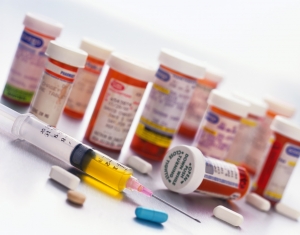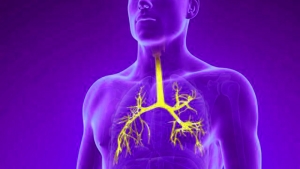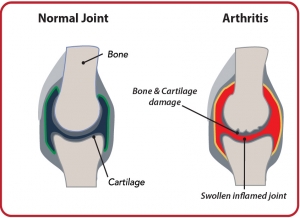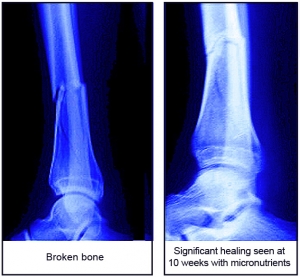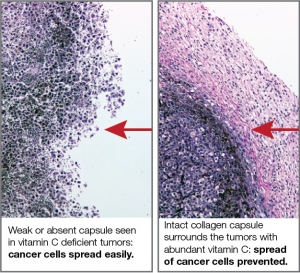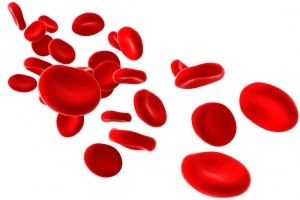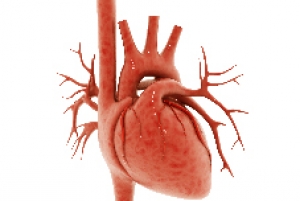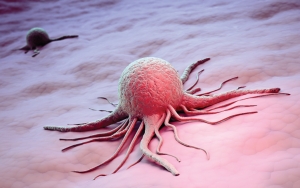With over 65% of Americans taking one or more pharmaceutical medicines on a regular basis, it is imperative to be aware of not only the damaging health side effects but the associated costs as well. According to a 2008 estimate, Americans are spending more than $205 billion on prescription drugs alone. Contrary to popular belief, the elderly are not the only age group being overly medicated. Drugs for children are one of the pharmaceutical industry’s fastest growing businesses.
With the slight seasonal variations, many people of all ages suffer from asthma attacks throughout the year. Asthma is one of the most common chronic diseases in children, affecting 7 million children and 32 million adults in the US. Worldwide 235 million people have asthma and the related deaths reach 180,000 per year.
An asthma attack is marked by severe and recurrent bouts of coughing, wheezing, and shortness of breath, which can range from a minor annoyance to a debilitating or life threatening disease. Approximately one in every 12 Americans suffer from asthma and the incidence has increased by 60% since the early 1980s. Therefore, it is not only the disease of an individual, but has become a public health problem and a huge financial burden. According to the Centers of Disease Control, the annual spending on asthma care is over $56 billion, which includes hospital visits, treatment costs, and missed workdays. In spite of such massive expenditure, asthma treatment offers only symptomatic improvement.
One in every three adults, that is approximately 67 million people in the US, already have high blood pressure and many more have prehypertension. Hypertension, or high blood pressure, is diagnosed when the blood pressure readings are consistently higher than 140/90 mm of Hg. Worldwide, there are more than 1 billion people living with uncontrolled hypertension, and the number is estimated to increase by 60% by year 2025. The lifetime risk of developing high blood pressure is more than 90% for people after 55-60 years of age.
Contrary to common belief, arthritis or joint pain is not limited to the elderly alone. More than two-thirds of the arthritis patients in the US are under the age of 65 and some are children. Currently 57 million adult Americans suffer from arthritis and the number is projected to increase to 67 million by 2030. Worldwide, it is estimated that more than 10% of men and 18% of women have symptomatic osteoarthritis.
Everyone is at risk of fracturing a bone from a fall, sport activities, or a car accident and it is all the more likely to happen to people suffering from osteoporosis. Bone fractures are one of the most painful injuries and require a lengthy recovery time.
The most common bone fracture, especially in active adults and children, is a broken leg, and often involves a tibial (or shinbone) fracture. In the US, approximately 492,000 tibial fractures are reported every year resulting in close to 400,000 hospital days. The usual time for healing a tibial fracture is 12 to 16 weeks. However, this is often delayed due to a high incidence of complications requiring strong painkillers for the patient. In European countries, osteoporosis related hip fractures were reported to be 620,000 according to a 2010 report.
The term “connective tissue” is frequently discussed in association with skin or joint disorders, and many people are not aware of how important it is in other chronic diseases such as heart disease and cancer.
Over 90% of cancer deaths are due to the extensive spread of cancer (metastasis). Cancer cells metastasize by breaking the connective tissue barrier that surrounds them. The strength and stability of connective tissue depends on an optimum production of collagen fibers and the prevention of uncontrolled tissue destruction. An abundant availability of several micronutrients, especially vitamin C, and the amino acids lysine and proline, is essential for this function. Unlike most animals, humans are not capable of internal production of vitamin C and lysine. Yet, most of the cancer research is conducted on mouse models that do produce vitamin C. To overcome this barrier, our research institute utilized a special type of mice that mimic human metabolism in respect to the lack of internal vitamin C production.
Angiogenesis is a physiological process in the body where new blood vessels develop from the pre-existing blood vessels. An ability to form new blood vessels is necessary for healthy body function and repair (i.e., wound healing). However, this process is high jacked by cancer cells to support faster growth of tumors and the spread of cancer.
Muscles are contractile connective tissue that help in the movement of various organs in the body. Approximately 50% of human body weight consists of the muscle weight. There are three types of muscles in the body: skeletal, smooth and cardiac muscles, with each one having very specialized structure and functions.
Prostate cancer is the leading cancer in men, and one in every six will be diagnosed with it in their lifetime. Worldwide, it is the second most common cause of cancer related deaths in men in the developed countries. An estimated 12 million new cases of prostate cancer are diagnosed each year.
About 140,000 people will receive a terrifying diagnosis in 20141: “You have colon cancer.” Colon cancer, known as colorectal or bowel cancer is the third most common cancer and the third leading cause of cancer related deaths in the US. Worldwide it is responsible for over 600,000 deaths. The annual cost of cancer care for a patient with metastatic cancer can reach $310,000, financially devastating a person and the family.
